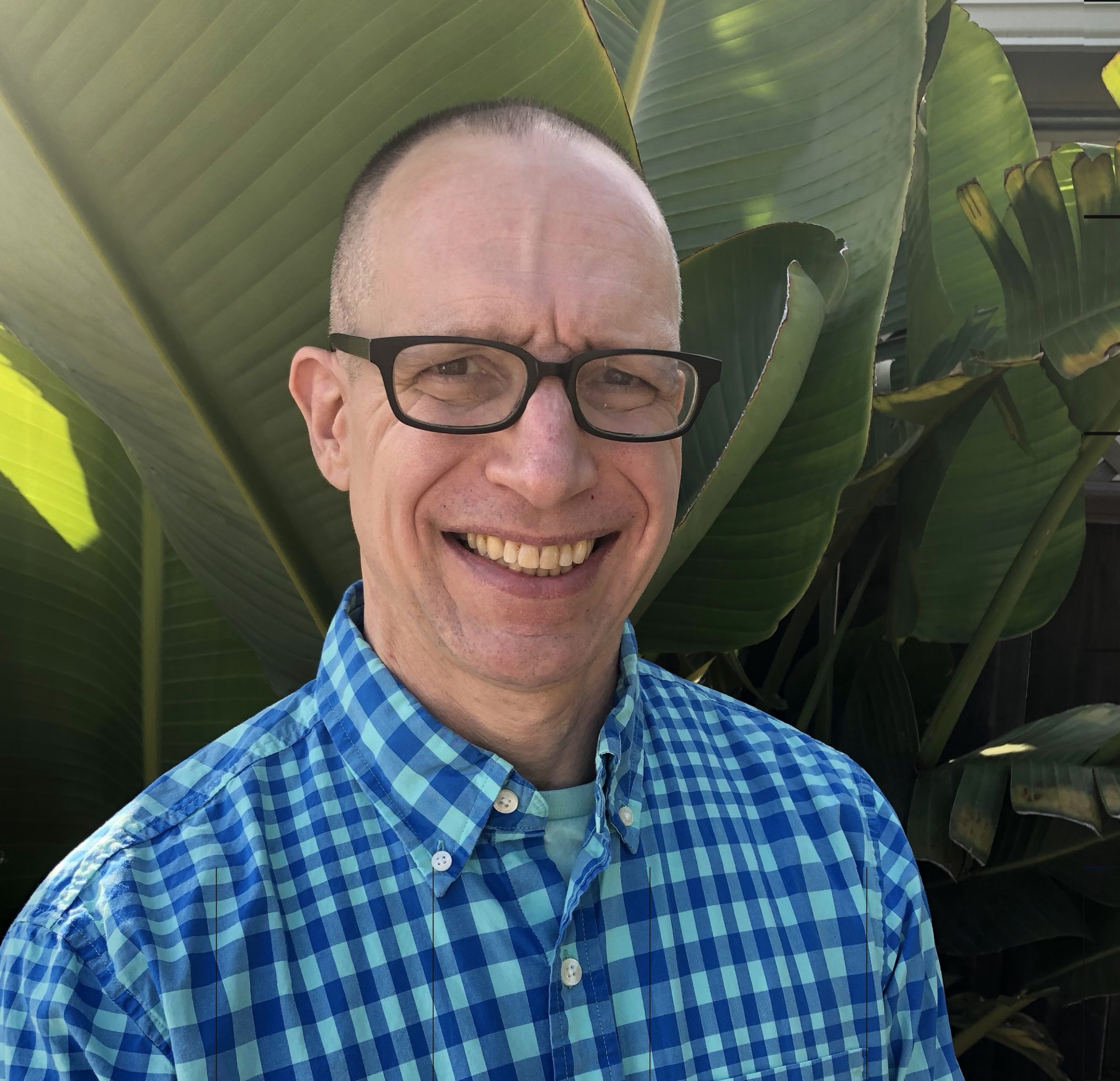The destruction of ethics within the medical field has recently been examined by two authors. On Brownstone, Dr Clayton J Baker MD has written The Four Pillars of Medical Ethics Were Destroyed in the Covid Response. UK orthopedic surgeon Dr Ahmad K Malik contributed Covid: The destruction of medical ethics and trust in the medical profession, part 1 and part 2.
Dr Baker argues that the four pillars: “autonomy, beneficence, non-maleficence, and justice” have crumbled under a full-on attack. I will not restate the many excellent points made by the two authors. Instead I will try to understand what has happened with some help from economics.
The story of the accumulation and the dissipation of trust can be told through the lens of economics by borrowing the concept of capital goods.
Within an economic system, two types of goods are produced: consumer products and capital goods. Capital goods are goods that are used for production: either consumer goods or capital goods. A capital good can even be used in further production of the same good – for example oil rigs use energy to produce oil, some of which may come from combustion of crude oil fractions.
Some examples of capital goods:
- circulating capital: consists of the partially completed goods. Some examples are the chassis of a car, the frame of a house without the walls, doors and windows, computer motherboards and plants not yet mature enough to harvest. In their completed form these will become capital or consumer goods.
- fixed capital are the tools and machines that make workers more productive; or even enable workers to accomplish things that a person could not do at all. iron. In this category are factories, robots, power plants, mines, crop land, transportation networks, fork lifts, container ships, computers and sensors. Information technology such as planning and modeling software is another type of capital.
People use capital goods because labor is more productive with tools than without. Many forms of production, such as smelting steel or crushing rock, could not be done without a tool. Labor productivity is the primary cause of real wage rates, which is closely tied to the standard of living within a nation.
Capital is expensive to produce. The St Louis Federal Reserve bank estimates the value of the US capital stock at $70 trillion as of 2019. To this we must add the ongoing cost of replacement because capital goods wear out with use. The funding of capital and repairs to existing capital requires savings. The savings must be put to use by purchasing the capital goods one stage higher up the chain and hiring the labor to produce the next stage of capital goods.
This production takes place within the price system in which there are alternative uses for all forms of labor and capital. The prices at which capital is bought and sold is determined on the market. Businesses must accurately track their capital accumulation and consumption in order to plan their investment in repair and replacement. Valuation is also important so internal and external investors can accurately value the company.
If capital is not replaced then the capital stock will shrink; average wages will decline. In most countries, it is a stated goal of economic policy to promote economic growth, employment opportunities, and raising wages. How many times has a politician claimed that their policies will “create jobs,” or tried to take credit for the jobs that have been created? But governments often fail to achieve these objectives because they adopt policies that encourage capital consumption rather than the savings that can be invested in creating more capital goods.
The main characteristics of capital goods have been described above: they increase labor productivity, they are costly to produce, and they have a market value within the price system. These concepts have been extended to other areas outside of economics where they can illuminate what might appear to be unrelated phenomena.
Some examples of things that are a bit like capital goods:
- Intellectual property such as designs, drug patents, or proprietary recipes costly to create. It can require years of research and billions of dollars to develop a new drug or an algorithm. IP can increase labor productivity and provide economic values such as superior products. IP has market value and can be sold, patents being one example. However, it does not wear out over time. And unlike physical capital goods, it can be replicated at zero cost simply by more people learning about it. Patents attempt only to provide legal barriers to copying IP.
- Human capital refers to the accumulated knowledge and skills that an individual acquires through education and years on the job. Like capital goods, it is costly to acquire. Study and experience require time and effort. Human capital by definition increases worker productivity. However, unlike capital goods and IP, it is not transferable although the worker’s services can be sold for wages. It does not wear out per se although human beings age, and eventually leave the workforce.
- Reputation and trust is a bit like capital. The opinions that peers and customers have about a person, institution or business is earned over a long time through honesty, reliability. Consistent virtuous action is a form of investment. Unlike capital goods, it cannot be sold or even directly valued in money terms, although the the concept of goodwill as a balance sheet asset is similar. Businesses with a reputation for quality products can charge more or spend less on advertising. Individuals with a good reputation in their field will have more opportunities.
Groups can maintain a group reputation and can accumulate group trust capital. Groups accomplish this by policing their own members. David Skarbek explains in his book The Social Order of the Underworld: How Prison Gangs Govern the American Penal System how prison gangs maintain their trust capital within the prison by strictly enforcing a code of conduct on their own members.
Membership in a gang improves the prisoner’s access to prison life. For example, membership enhances the prisoner’s ability to engage in drug transactions. Gang membership communicates to other prisoners – both in the same and in different gangs – that a prisoner who violates social norms will face consequences.
A group or brand can accumulate trust capital by accepting only members who adhere to high standards of conduct. The group can amplify this by formulating a code of conduct, educating its own members, and enforcing the code. When the public sees the majority of members following the rules over time, and violators facing punishment or expulsion, the public will develop trust in the group.
Brands can provide value above independent operators by enforcing uniformity. A tourist can visit a McDonalds, ride in an Uber, or stay in a Marriott hotel almost anywhere in the world. In comparison to a local market brand that does not exist in the traveler’s home market, the tourist has a good idea of what they are getting for their money from the multinational brand because they have used the brand before and had a consistent experience. The brand is afraid that if a customer has a bad experience in one outpost they may start to question the ability of the brand to ensure uniformity.
At the peak perhaps several decades ago, the medical profession was highly trusted. This trust was earned in earlier decades when doctors had smaller practices, spent more time with patients, had autonomy in their decisions, and provided individualized care.
The trust asset on the doctor’s balance sheet has been slowly dissipating as the original supporting tenets have eroded, and for a range of other reasons: the corporatization of care, incentives by the pharmaceutical industry, increasing group-think among doctors, the dominance of third-party payers who create a competing interest between the doctor and the patient, and the growth of impersonal ideologies such as evidence-based medicine.
In a business, when a machine is damaged it can be replaced because it is fungible. Trust capital does not work that way. It is difficult to accumulate; and once destroyed, ever so much more difficult to rebuild. The relative with an alcohol or drug problem who has failed rehab multiple times will face increasing skepticism each time he tells family members that he is clean. The family may give the wayward relative multiple chances, but it may require years of continuous sobriety before family members will accept that the person has truly gotten the better of their addiction. Some breaches of trust cannot be repaired. A married person who has cheated on their spouse once may end their marriage. An employee caught stealing will be fired.
The trust capital of the medical profession was further damaged by the lying documented by Drs Baker and Malik. Dr. Baker wrote, “It must be emphasized that health authorities pushed deliberate lies, known to be lies at the time by those telling them.” What happens when you lie to people? They stop believing you. And that is how the medical consumers have responded. After being lied to about the covid “vaccine” being 95 percent effective, the public is now questioning not only what they were told about the Pfizer and Moderna products, but also childhood vaccination schedules generally. Childhood vaccination rates are down in some regions as much as 44 percent. This indicates that medical advice is receiving more skepticism.
Earlier in this piece I mentioned the importance of accurately valuing capital on the balance sheet. Hidden capital consumption occurs when capital use is not properly accounted for. The appearance that a firm has more assets than they do makes things look better in the present by understating the amount of savings out of current incomes that must to be set aside today to repair or replace a factory or a machine in the future.
A greater fraction of current income can be counted toward profit and paid as dividends. The problem comes later when a machine wears out and the firm cannot afford to buy a new one or that insufficient spare parts were stocked. They are in the position described by the Austrian economist Ludwig von Mises:
It may sometimes be expedient for a man to heat the stove with his furniture. But if he does, he should know what the remoter effects will be. He should not delude himself by believing that he has discovered a wonderful new method of heating his premises.
The medical profession has burned their furniture. They believe that their failure to persuade the public of their lies was due to a failure to provide a sufficient quality or quantity of lying. They are trying to overcome their failure by propagandizing even harder. Chelsea Clinton and the unsavory character who has been described as “the world’s most powerful doctor” (and who should not be giving anyone health advice) have launched an effort called The Big Catch Up:
Global partners announce a new effort – “The Big Catch-up” – to vaccinate millions of children and restore immunization progress lost during the pandemic.
The pandemic saw essential immunization levels decrease in over 100 countries, leading to rising outbreaks of measles, diphtheria, polio and yellow fever.
‘The Big Catch-up’ is an extended effort to lift vaccination levels among children to at least pre-pandemic levels and endeavors to exceed those.
More and better propaganda is the way to recover – but only when the problem is that the original propaganda was not good enough. If the liar wishes to rebuild the trust, then a full and honest confession of the lies, expression of remorse, and a sincere pledge not to do so again would be the starting point. Other than a few dissenters who challenged the orthodoxy during the crisis, there have been vanishingly few apologies. On the contrary, the parties most responsible are trying to distance themselves from the collapse by denying that they did what they did.
Published under a Creative Commons Attribution 4.0 International License
For reprints, please set the canonical link back to the original Brownstone Institute Article and Author.









